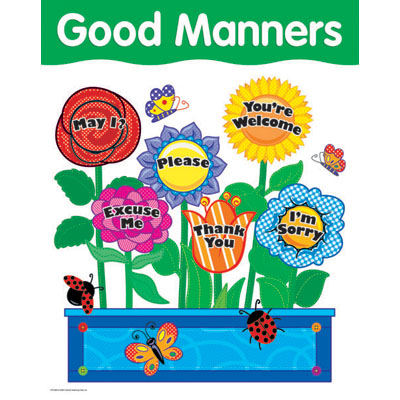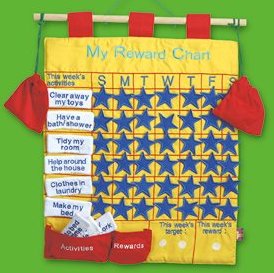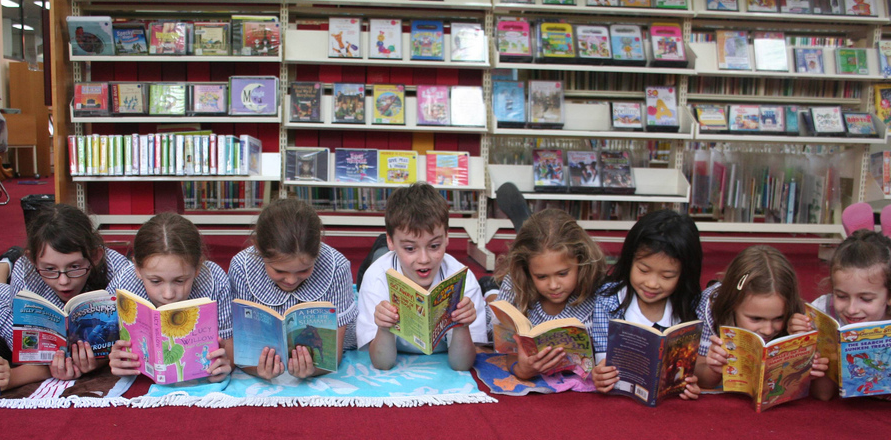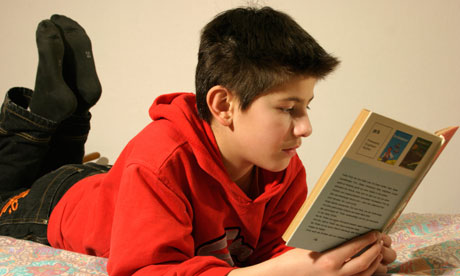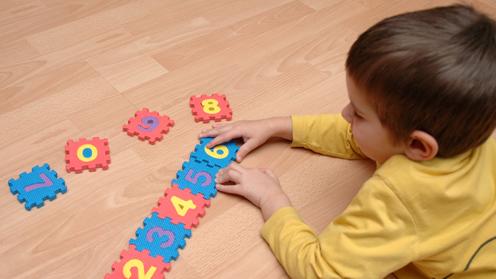 It is never too early or late to teach your child about the value of money. If they can count and are getting pocket money, then it is time to introduce them to money values. Money usually involves decision-making and teaching them how to save, what to invest on early on will help them make wise investment choices later on in life. No matter how young (in fact the sooner you teach them about money the better it is), every child needs to learn how to handle money responsibly. Impart the basic knowledge and let them decide on their budget (with your supervision of course!). Give them a free hand once in a while as well – let them indulge. They are kids after all!
It is never too early or late to teach your child about the value of money. If they can count and are getting pocket money, then it is time to introduce them to money values. Money usually involves decision-making and teaching them how to save, what to invest on early on will help them make wise investment choices later on in life. No matter how young (in fact the sooner you teach them about money the better it is), every child needs to learn how to handle money responsibly. Impart the basic knowledge and let them decide on their budget (with your supervision of course!). Give them a free hand once in a while as well – let them indulge. They are kids after all!
Nowadays children are quite knowledgeable; they know what an ATM is for, they know that their parents get salary for the work that they do and they are also aware of how much the latest gadget costs. They might not grasp the full extent of the ‘money system’, but they know enough. And as parents, it is up to you to show them the right path. Even banks have started saving accounts for children – you can teach them about savings by opening an account for them first.
Here are some other tips to help them learn about the value of money:
1) Don’t just give them pocket money every week with no strings attached. Ask them to do chores around the house – this way they will learn that you have to earn your money. By working hard for their money, it is more likely that they will not be reckless with it. In addition they will respect your decision when you don’t buy them everything that they ask for.
2) Teach them to divide their money into parts – a part to spend, a part to save and a part to grow. For the grow part, you can offer to put in a certain amount of money for every ‘x’ amount of money your child puts in.
3) Help them learn the difference between needs and wants so that they can make good decisions when it comes to spending their money.
4) One way to help them save is to match their savings with a certain amount of money. If there is a toy that they really want, tell them you will put in the rest of the money if they can save ‘x’ amount themselves.
5) When you give them allowances, give them in denominations – this way it is easier for them to divide the money for savings and expenses purpose.
Allow them to make their spending decisions even if sometimes they are making the wrong choice. This way they will learn the value of money by making their own decisions – present the pros and cons to them and then let them be the best judge.
